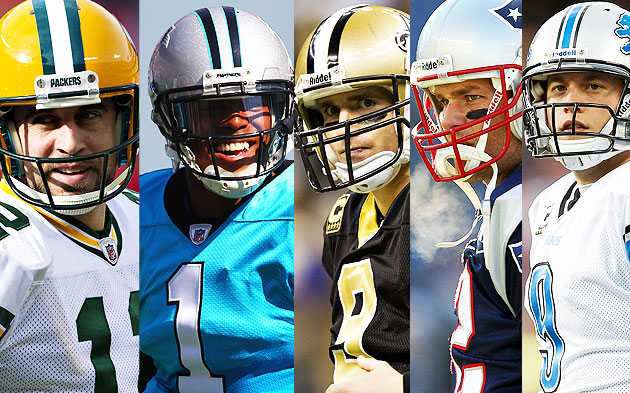
This geometric mean of efficiency and total production is the basis of what I hope becomes “a thing”. Different statistics can be used to measure efficiency and total production, so the QQQ concept can be applied in different ways, and my own QQQ model will probably evolve.
For now, let’s find a reliable and accepted statistic that produces a single efficiency number for quarterbacks. For which I give you ANY/A, or adjusted net yards per attempt:
(Passing yards + 20 X passing touchdowns – 45 X interceptions – sack yards) / (pass attempts + sacks)
Unlike the passer rating, ANY/A counts sacks as passing plays. All yards (including those lost to sacks) are counted toward the total, with a 20-yard bonus for TD passes and a 45-yard penalty for interceptions.
We’ll also throw in plays which resulted in defensive pass interference, as Football Oustiders has figures readily available for quarterbacks.
Finally, crucially, we will count running plays. Most quarterback runs are scrambles, and should therefore count as pass plays with yardage compared straight across to pass attempts. Likewise, we will give the same bonus (20 yards) for rushing touchdowns. A lost fumble is slightly worse than an interception (it’s a turnover either way, but a fumble is more likely to be close to the line of scrimmage), so a good guess for a lost fumble penalty is -50 yards (and keep in mind that this will also be recorded as a sack, so it could easily be -58 yards on an 8-yard strip-sack fumble). However, fumble recovery is a very random event, with about 50% being recovered by the offense; so instead, we’ll count everyfumble as half a lost fumble, or -25 yards.
It may be protested that running quarterbacks take an unfair hit to their efficiency statistics because their running plays average fewer yards than passing plays. This is possible. However, a quarterback who runs on a called run in place of passing is being measured accurately vis-a-vis a quarterback who simply passes. And a quarterback who runs in place of hand-offs will be accumulating an increase in total statistics, which will itself boost his QQQ score. Notably, the read-option quarterbacks of Colin Kaepernick, Russell Wilson, Alex Smith and Cam Newton all averaged better than 6 yards per rush attempt (once kneel-downs were removed). The next-most-frequent runners Andrew Luck and Nick Foles averaged 8.1 and 5.8 yards per carry, respectively, with a healthy count of touchdowns in both cases. Hence the inclusion of rushing will result in higher scores for all these effective runners– as it should.
In 2013, the league-average percentage of quarterback plays (including quarterback runs and defensive pass interference, but excluding kneel-downs) was 63.38%, which means our “Normalized Total Production” would be adjusted yards per every 1.578 offensive plays. However, we have a little mathematical refinement: Instead of giving the NTP value (which is itself confusing), we will multiply the quarterback’s efficiency by a contribution factor, which is simply the square root of his (normalized) play percentage (passes, runs and sacks). The final result (listed as “Contribution-adjusted net/play”) isexactly the same as if we’d taken a geometric mean of his efficiency and Normalized Total Production. But showing the “contribution factor” will make it easier to see which quarterbacks are benefitting from handing off the ball more often and which are suffering from increased defensive attention because of their relative workload.
Without further ado, then:
OBSERVATIONS
* I didn’t do all of the quarterbacks because some data points (specifically, kneel-downs) required manual scouring of gameplay statistics. Included are all of this year’s playoff and Pro Bowl quarterbacks, along with others in the top 10 of passer rating.
* Tenure Handoffs, used to calculate the quarterback’s play percentage (how often he threw/ran as opposed to handing off the ball) was based on team averages. So it’s very probable that Aaron Rodgers is being underrated by having his contribution percentage measured too low (I believe Green Bay handed off a lot more when he was missing). The numbers for Cutler and McCown could be off as well. For other quarterbacks who were replaced for a single game or in late-game blowouts (Romo, Wilson, Luck) any adjustment would be very minor.
* The ranks of “adjusted net per play”, which is basically ANY/A with an additional accounting for DPI and rushing, correlate closely with Advanced NFL Stats Expected Points Added per play (EPA/P). Which it should.
EPA/play (adj net/play rank)
Manning .32 (2)
McCown .33 (1)
Foles .28 (3)
Rodgers .28 (4)
Rivers .22 (5)
Brees .22 (4)
Wilson .14 (8)
Kaepernick .16 (7)
Brady .14 (10)
Luck .13 (8)
Newton .13 (11)
Romo .12 (12)
Dalton .09 (19)
Roethlisberger .10 (17)
Smith .09 (18)
Cutler .05 (22)
Tom Brady is a bit of an enigma. EPA accounts for down and distance, and Brady enjoys a high success rate in moving the ball. On the other hand, New England converted 20+ yard passes on just 55 out of 1138 offensive plays, which gives a 4.83% figure that is actually below league average. New England also had the league’s seventh-highest field goal:touchdown ratio on offense (38:44). Arguably, the EPA stat overvalues New England’s efficient-but-conservative offense.
On the other hand, the Patriots were 9th in points per drive and 4th in Football Outsiders’ offensive DVOA. So maybe their slightly unconventional approach works for them. How many times did we see the Patriots run a hurry-up after big play, prevent the opposition from bringing out their goal line defense, and punch it in on the ground? That’s good for New England but bad for Brady’s passing TD numbers. The Patriots finished the year with the 6th-highest ratio of rushing:passing touchdowns (19:25).
* Seattle, San Francisco, and Carolina were the only teams (among those with QB’s listed) to run the ball more than 50% of the time (based on raw numbers excluding penalties and including kneel-downs). But each of these teams included a lot of quarterback runs. Surprisingly, then, Philip Rivers (tied with Kaepernick) had the lowest percentage of quarterback plays. The contribution adjustment drops Rivers below Aaron Rodgers and Drew Brees, but he’s still in the top six with a big gap before the next tier.
* Tony Romo had the biggest workload, and jumped two spots in the comparative rankings when that was accounted for. He is arguably a Pro Bowl snub playing for an otherwise bad football team. Curiously, Dallas’ rushing offense ranks fifth in DVOA; they finished eight in the league in yards per rush attempt (Romo’s running was negligible) but 24th in rushing yards per game. Obviously, the coaching staff either loves Romo too much or secretly hates him.
* Andrew Luck was significantly behind the other sophomore quarterbacks (Wilson and Kaepernick) in terms of efficiency, but with the contribution modifier he jumps ahead of both, squeaking past Russell Wilson by .014 adjusted yards per play.
* One thing the model doesn’t account for (yet) is strength of opposing defense. Quality of rush defense is important, not only because we’re measuring quarterback running but also because it forces adjustments in terms of passing frequency and defensive priorities. So to produce an efficiency measure of opposition defenses that is analogous to ANY/A, I measured yards per play (counting allplays) including a 45 yard bonus/penalty for turnovers and a 20 yard bonus/penalty for touchdowns. Briefly, the average opponent’s defensive adjusted yards/play* for select quarterbacks:
Russell Wilson: 4.75
Colin Kaepernick: 4.79
Andrew Luck: 4.91
League Average: 4.987
Tony Romo: 5.24
Peyton Manning: 5.25
Nick Foles: 5.36



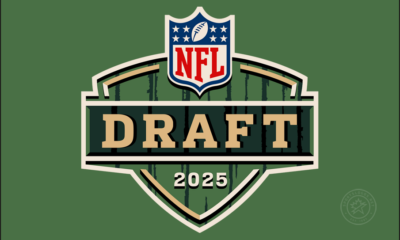
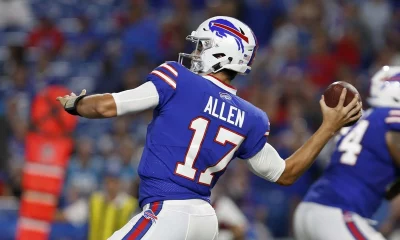
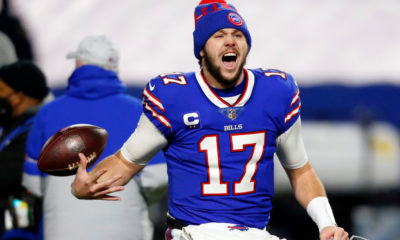

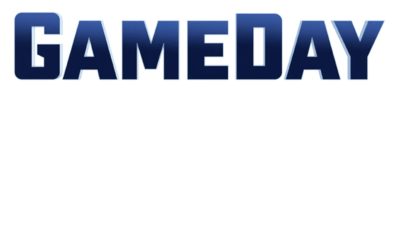














Facebook
Twitter
RSS